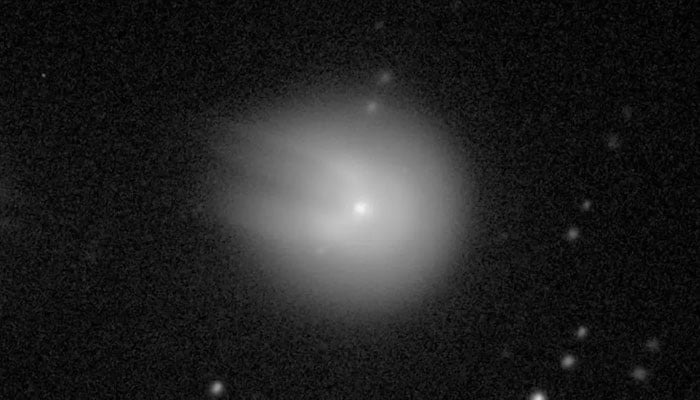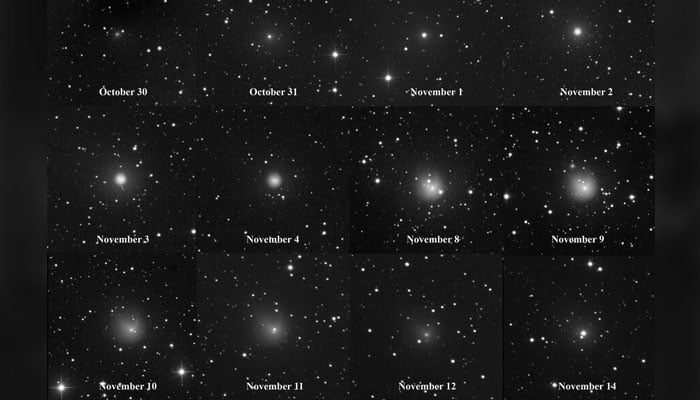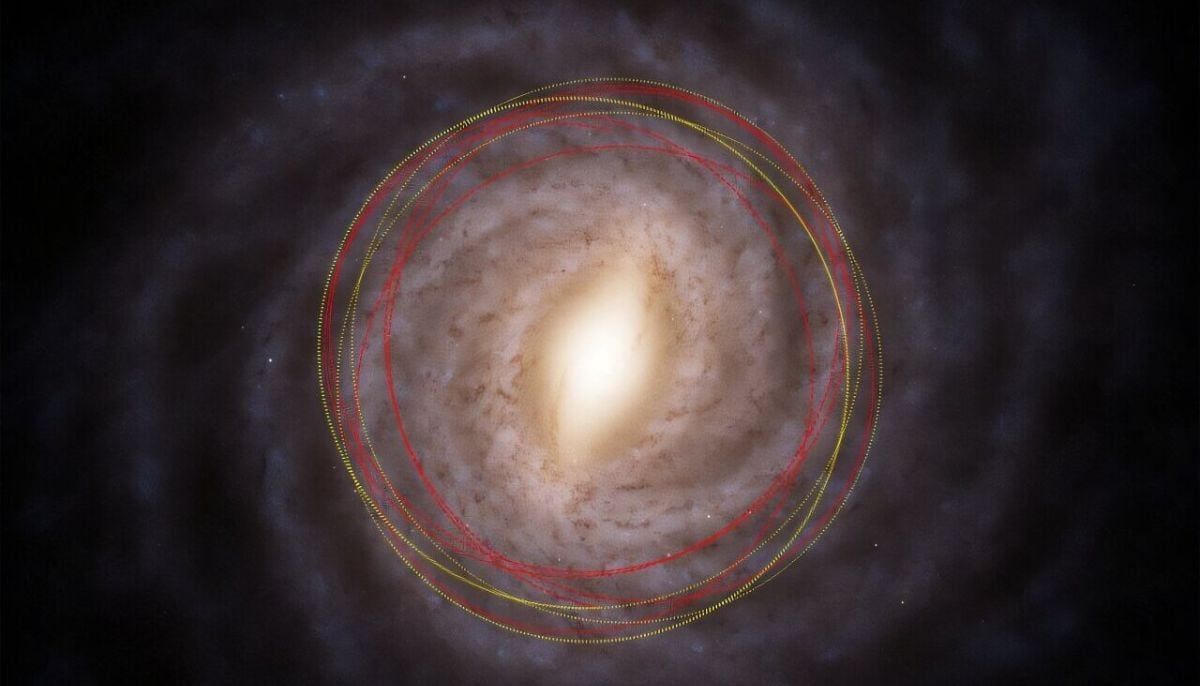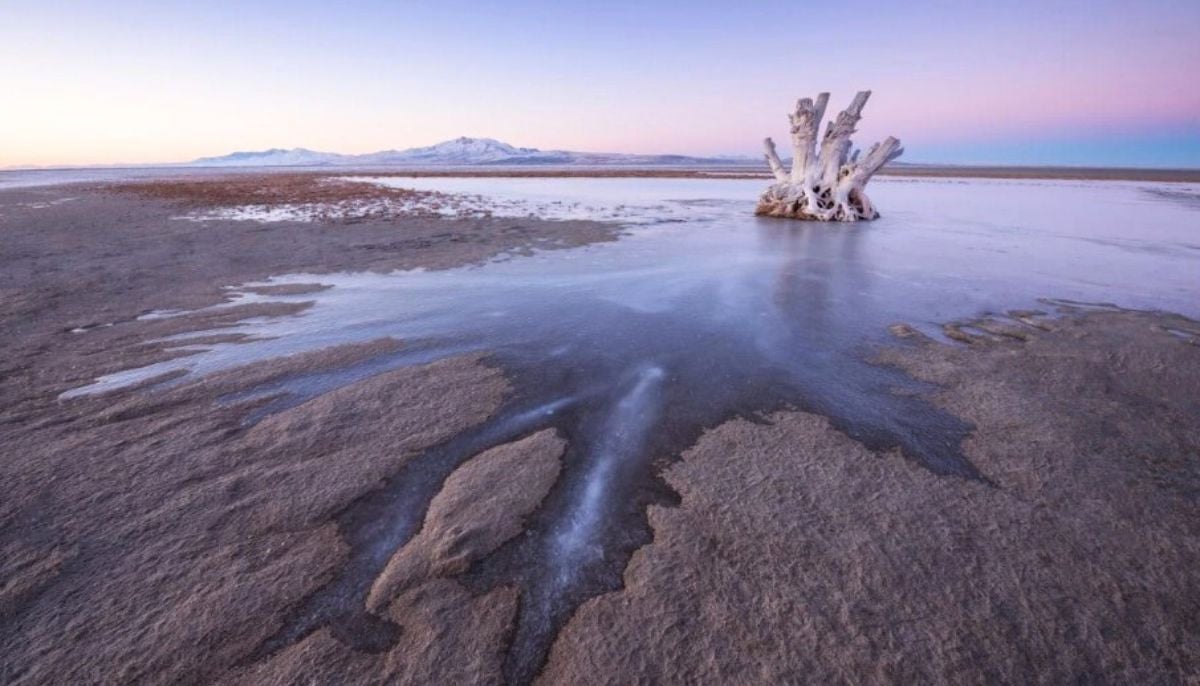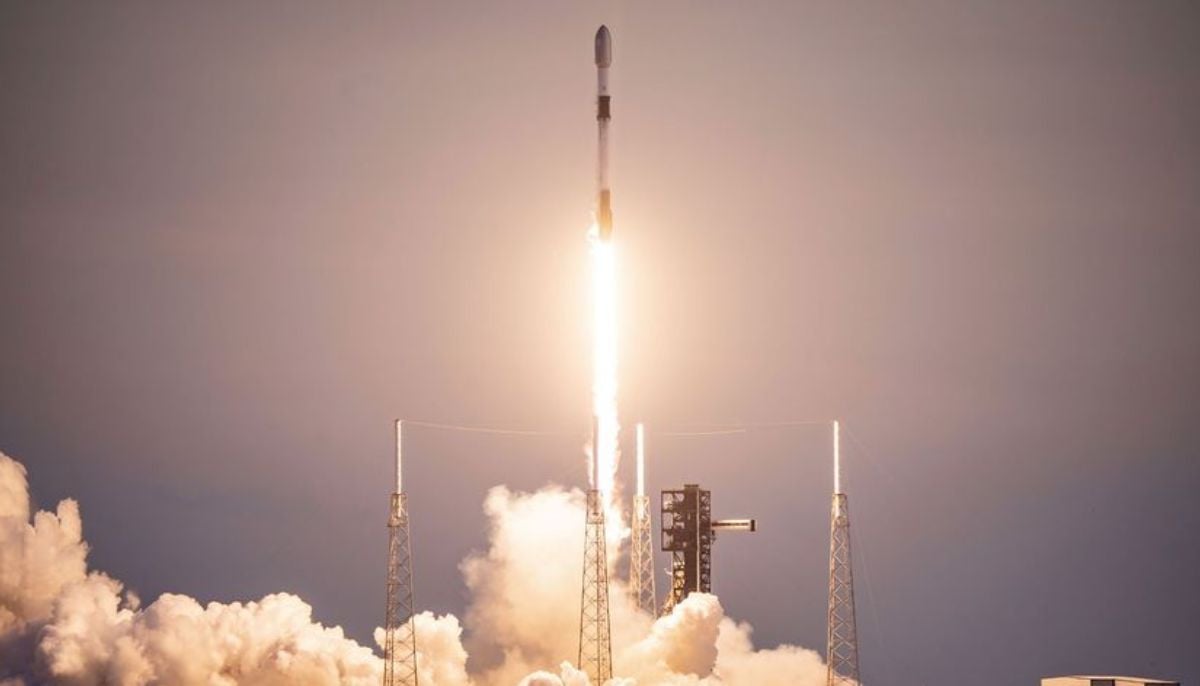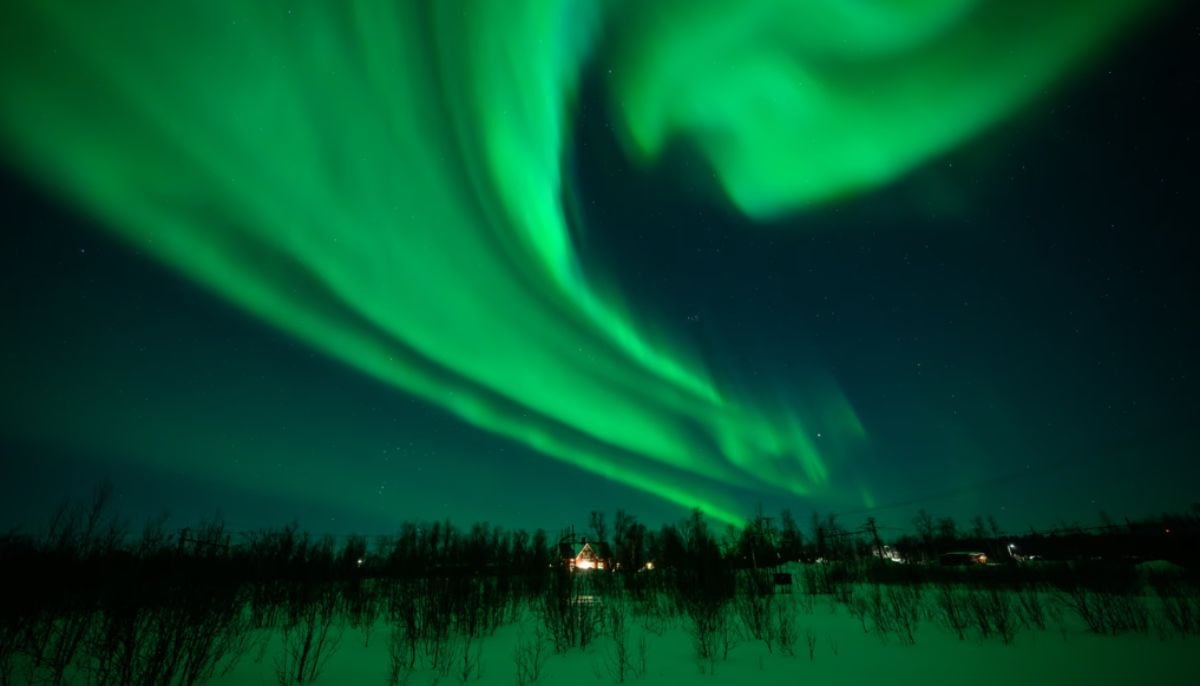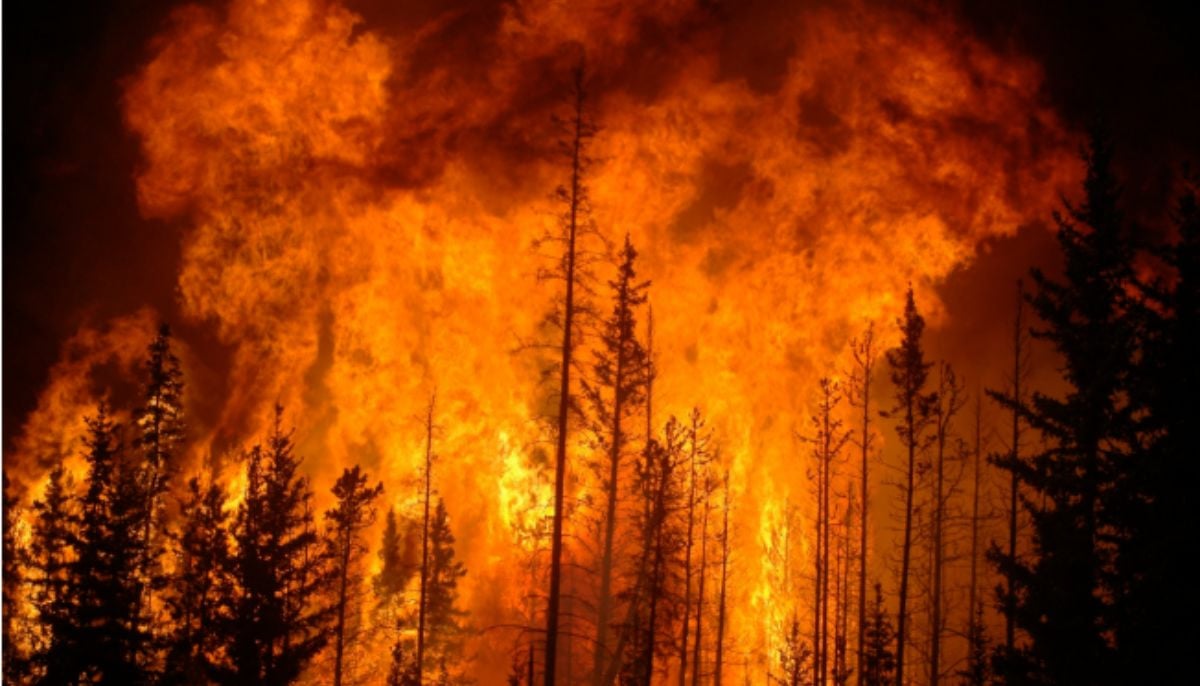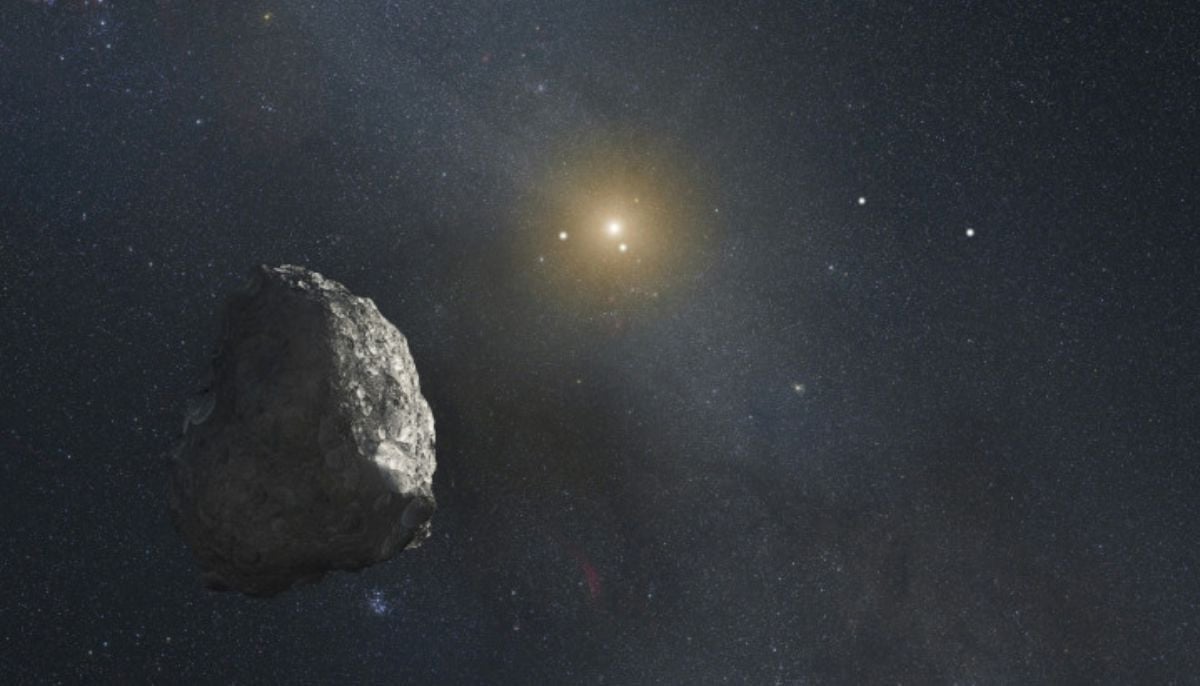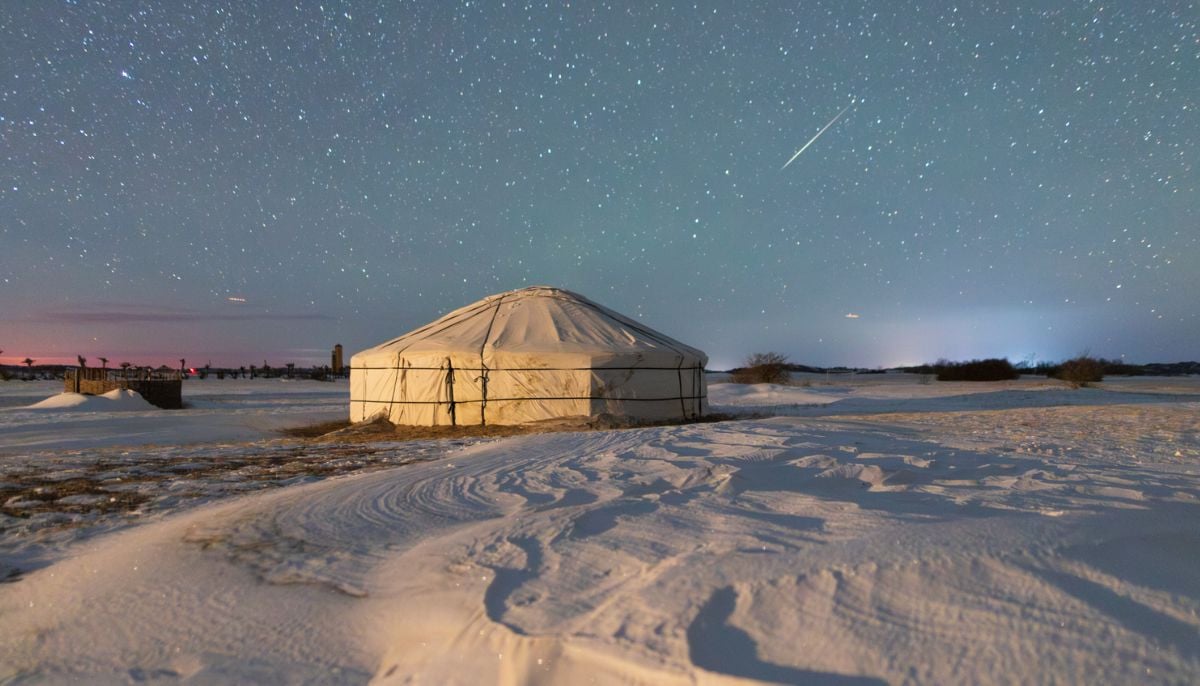Massive 'devil comet' hurtling towards Earth might explode today
Devil comet — which measures 18.6 miles in diameter — had its last icy outburst on December 14
A horned "Devil Comet", the size of a small city, has been hurtling toward Earth and experts say that it might explode today marking its second eruption in just over two weeks.
"The last few outbursts have been on a 15-day cadence and we might be coming up to another one," Nick James of the British Astronomical Association (BAA) told Spaceweather.com.
The comet, originally known as 12P Pons-Brooks, is a cryovolcano — or cold comet — that erupts when gas and ice accumulate and combust, causing its frosty guts to spout from large cracks in the nucleus' crust, The New York Post reported citing the astronomy website.
The interstellar snowball — which measures 18.6 miles in diameter — had its last icy outburst on December 14.
It may undergo another outburst today due to its biweekly combustions that occur due to its two-week cycle, where the sun hits a cryovolcanic vent on the comet’s surface every 15 days.
"Comet 12P has a super cryogeyser, eruption of which is triggered after local sunrise at its location," said BAA section director Richard Miles, who compared 12P Pons-Brooks to "Old Faithful."
This could reportedly be the ice ball’s biggest explosion since November 14, which made the comet 100 times brighter than normal for days afterwards, WION reported.
Interestingly, 12P Pons-Brooks is known as the "Devil Comet" due to the arctic blast causing the coma, or gas cloud in the comet's centre, to develop "horns" during prior eruptions.
However, astronomers found appendages less noticeable in recent eruptions, with the November 14 one having a perfectly spherical atmosphere.
Despite the ominous space ball's shape and trajectory, there's no need for deep impact yet.
The cosmic ice cube — which orbits around the sun every 71 years — will take until spring 2024 to approach Earth's surface, at which point it will be visible to the naked eye.
-
World oceans absorbed record heat in 2025, may trigger intense climate crises, says report
-
February full moon 2026: Snow Moon date, time and visibility
-
Watch: Beautiful northern lights dazzling over Greenland's skies
-
Wildfires are polluting our environment more than we thought: Find out how
-
3I/ATLAS flyby: Why is Jupiter’s 96th Moon drawing intense scientific interest?
-
NASA spacewalk 2026: Medical issue prompts rare talk of early ISS crew return
-
Comet 3I/ATLAS: Scientists examining images they cannot easily explain
-
Wolf Moon 2026: Will the full moon outshine the Quadrantid meteor shower?
